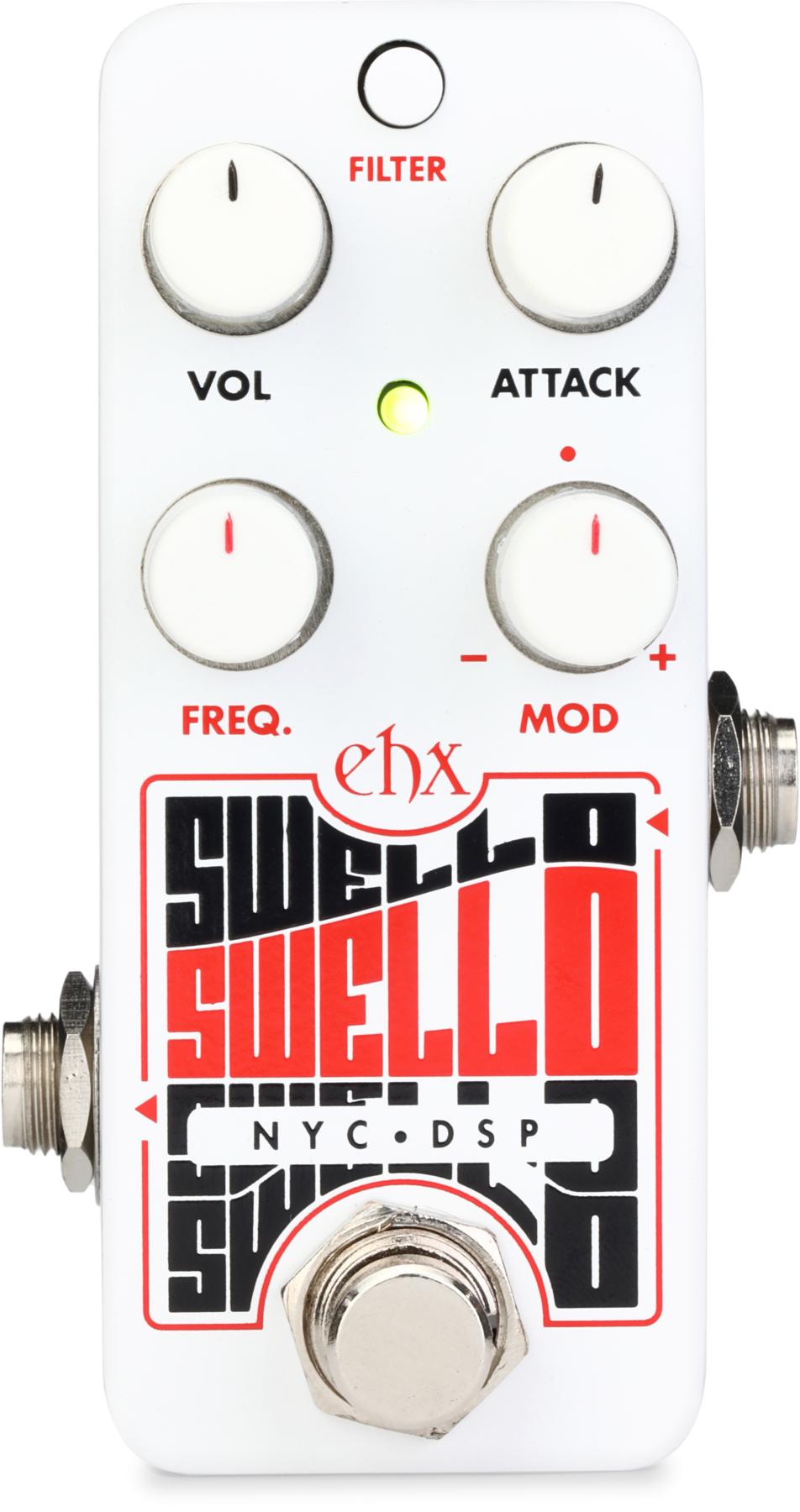Check out our special coverage of Amps to go along with the August 2016 issue of PG.
Hughes & Kettner
TubeMeister Deluxe 20
Small enough to comfortably carry on a plane as hand luggage, TubeMeister Deluxe 20 takes you from pure, pristine clean tones to an authentic brown sound and devastatingly powerful modern-day high gain at the tap of a footswitch. Other groundbreaking made-in-Germany Hughes & Kettner features – like a power soak for enjoying amazing tube sounds at any volume, and the FRFR-ready Red Box AE DI that lets you connect your guitar direct to your recording setup or the PA – make the Deluxe 20 your ideal amp partner whether you Rock on Stage, Play at Home or Record at Night!
CHANNELS Two: Clean and Lead (+ Boost)
POWER 20 Watts
POWER SOAK 5, 1, 0 Watts
TUBES 2 x EL84 (power amp), 2 x 12AX7(preamp)
EFFECTS LOOP Serial
DI OUTPUT Red Box AE
SPEAKER OUTPUTS 1 x 8-16 Ω
DIMENSIONS 14.02 x 6.14 x 5.91”
WEIGHT 11lbs
PROTECTIVE COVER Included
Street Price: $699
Connect with Hughes & Kettner on Facebook
Click here for Audio Clips
Click here for Video Clips
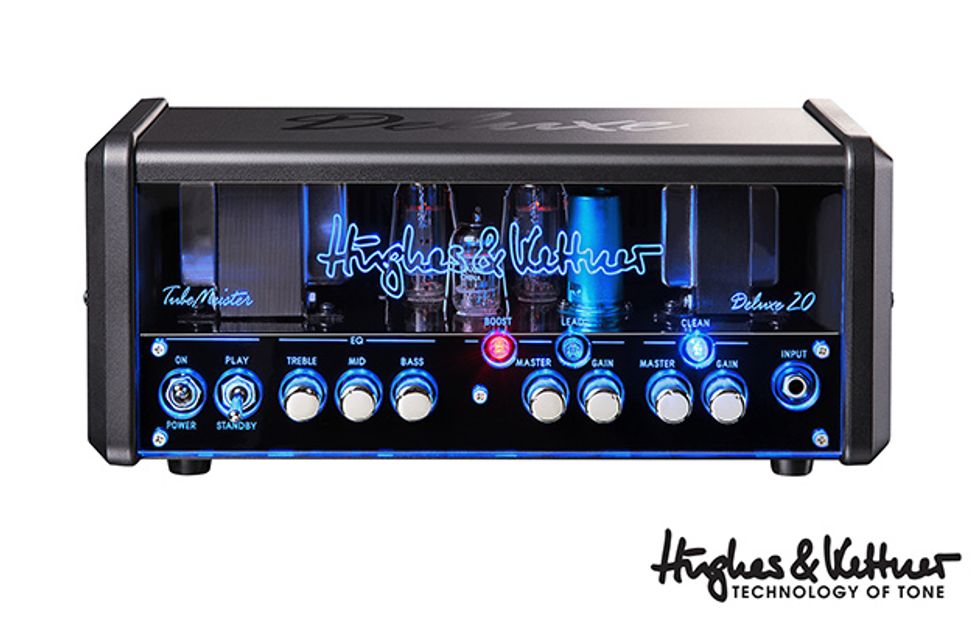
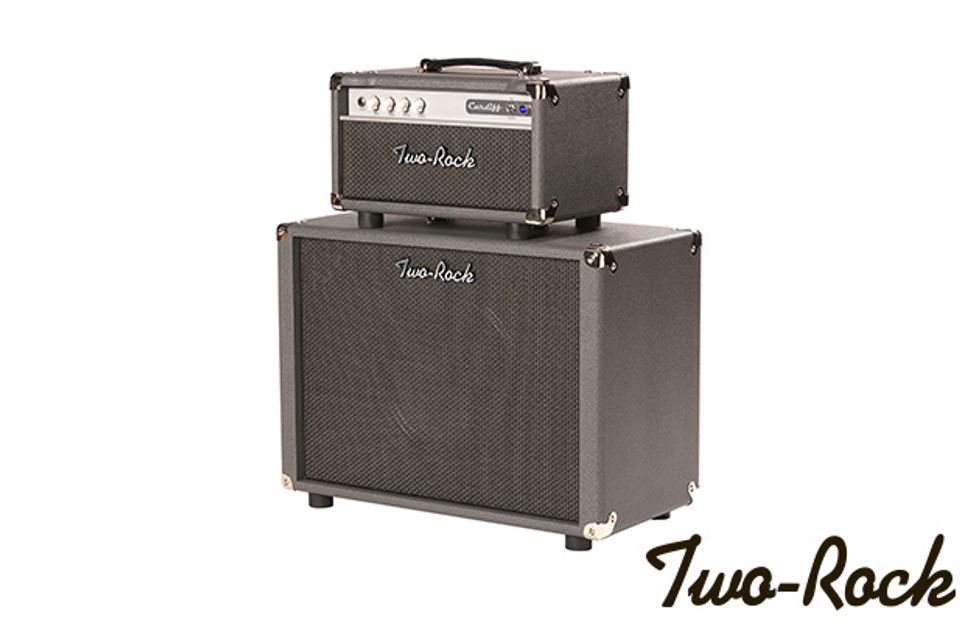
Two-Rock Amplification
Cardiff
A 15-watt EL84 amp with minimal compression and a fuller/fatter midrange and stout low end, Cardiff reflects the perfect marriage of British heritage and Two-Rock performance. Cardiff lets you dial in your own tone via a single input jack, bass, treble and volume control, a Contour Control, and a passive effects loop. Cardiff is available as a head with a matching 1 x 12 cabinet loaded with a Two-Rock 12-65B Speaker or 1x12 Combo.
Street Price: $1595 Head, $595 1x12 Cabinet
Connect with Two-Rock on Facebook
Click here for Video Clips

Tone King Amplifiers
Royalist 45 MK II Combo
The Royalist MKII captures the essence of early British tones ranging from JTM45 to Plexi/Super Lead. It features a single channel preamp, an all-tube signal path with three 12AX7A preamp tubes, and two EL34 output tubes. Its series-wired effects loop is tube buffered for superb transparency. A built-in Ironman-II power attenuator uses a reactive load circuit and sophisticated compensation circuitry to deliver the genuine tone and feel of a "raging stack", even at bedroom volume.
Street Price: $2,995
Connect with Tone King on Facebook
Click here for Video Clips
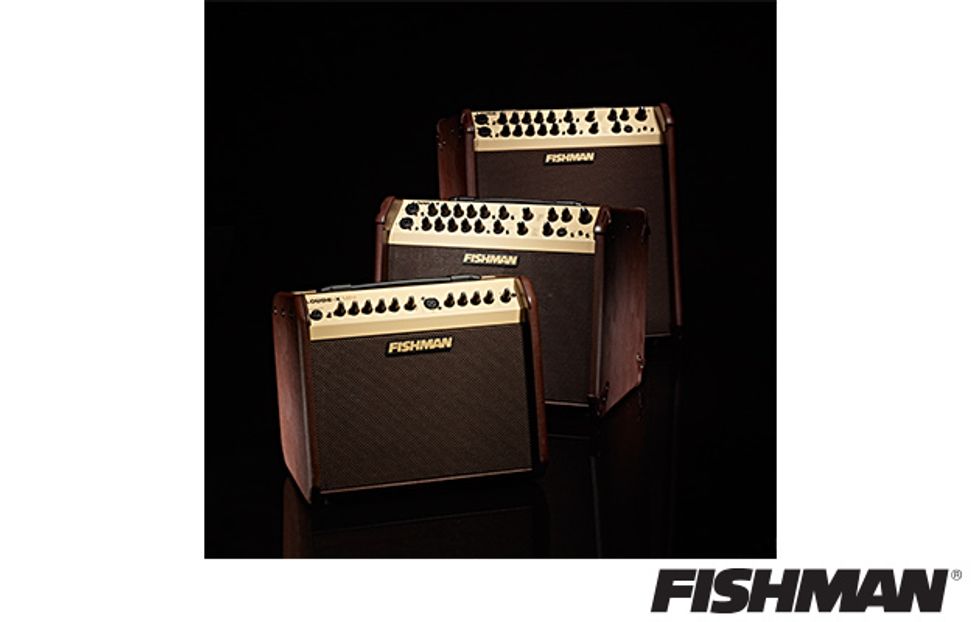
Fishman
Loudbox Acoustic Instrument Amplifiers
The industry’s best-selling acoustic instrument amplifiers, Fishman’s Loudbox series offers the power and features that musicians demand. Each model provides ultra-clean acoustic power, two channels featuring Fishman’s legendary preamp and tone control designs, digital reverb, feedback-fighting Phase control, ¼” and XLR inputs, and balanced XLR D.I. outputs. Loudbox acoustic instrument amplifiers deliver the tonal quality that has made the Fishman name the standard for great acoustic sound.
Starting at: $329.95
Connect with Fishman on Facebook
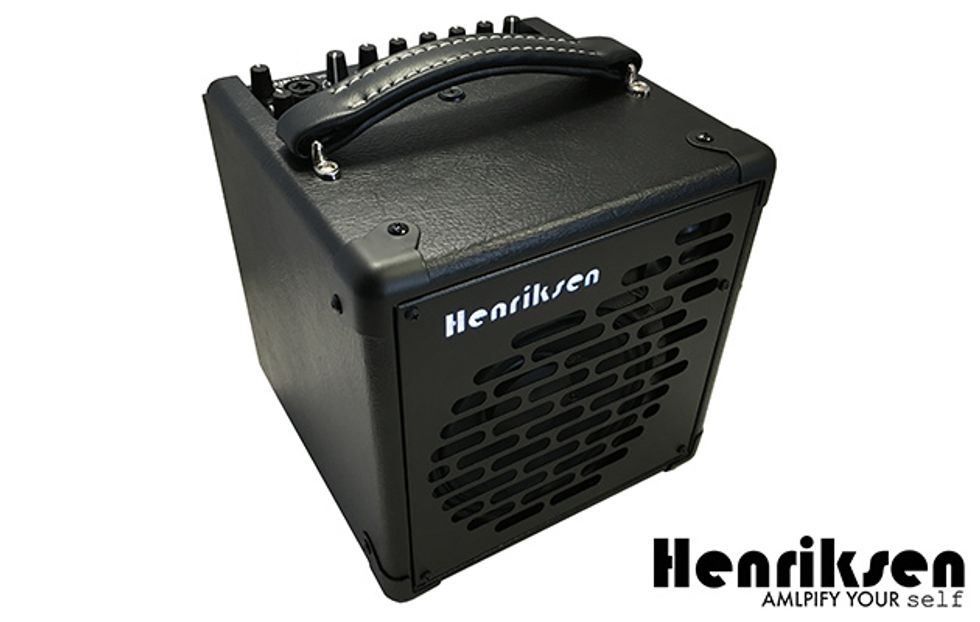
Henriksen Amplifiers
The Bud
If you play, you need a Bud.
The Bud is the without question the smallest, TRULY GIGABLE guitar amplifier on the market with unmatched tone quality! At 9x9x9 inches, 17 pounds and 120 watts of analog power, you won't believe the volume and tone coming from either your electric or acoustic guitar, or any stringed instrument with a pickup for that matter, and with a feature set that allows you the versatility to cover almost any kind of gig, this is a MUST HAVE piece of gear for the working musician.
Starting at: $1,099
Connect with Henriksen Amps on Facebook
Click here to Play Videos
Click here to Hear Sound Clips
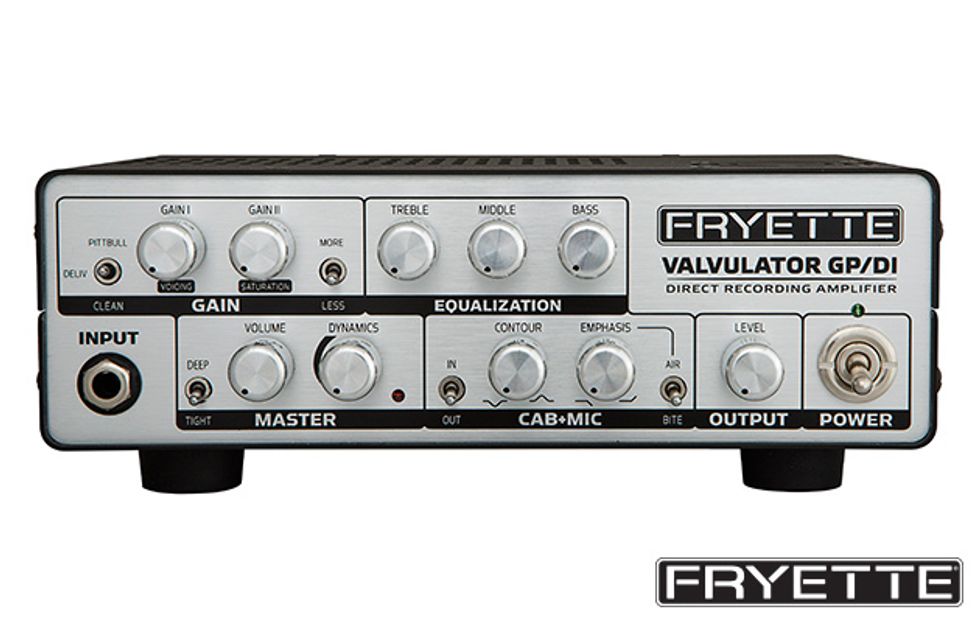
Fryette Amplification
Valvulator® GP/DI
Introducing The Fryette Valvulator® GP/DI, Desktop Recording Amplifier. This is is an ALL-TUBE low-power guitar amplifier, pre-amplifier, direct box, and all-around low-volume-playing solution. The GP/DI is specifically designed to work in situations where you can't or don’t need to play loud, such as late-night playing and recording, headphone practicing, and recording straight into the board live. It is the first all-tube guitar amplifier designed to do that without any additional equipment and a minimum of trouble.
• One Watt all-tube Amplifier with integrated reactive load.
• Extremely broad tonal range, from clean to high gain.
• Analog Speaker Sim "Cab + Mic" section for direct recording.
• Built-in tube Direct Injection output, usable separately as a Tube Direct box , or together with the amplifier.
• Balanced XLR outputs for amp out or tube buffered D.I.
• Fully functional self-contained "Re-Amping" solution.
• Can drive a 1-12” cabinet
• Made in the USA
Starting at: $799
Connect with Fryette on Facebook
Click here to Play Videos
Click here to buy it

Fryette Amplification
Pittbull UltraLead Head
The Fryette Pittbull® Ultra-Lead is a powerful, versatile channel switching amplifier suited for players of any style. Uncompromising personality makes it the choice of world-class players from all genres of music. The Ultra-Lead's KT88 power section provides stunning clarity and definition whether playing ultra-clean or maximum gain.
The FatBottom 212 low-profile cabinets feature Fane F70G speakers and mono/stereo input capability. Front mounted speakers produce a tight, focused low end and extended projection.
Starting at:
$3,799 (Ultra-Lead head);
$999 (FatBottom 212 F70G)
Connect with Fryette on Facebook
Click here to Play Videos
Click here to buy it
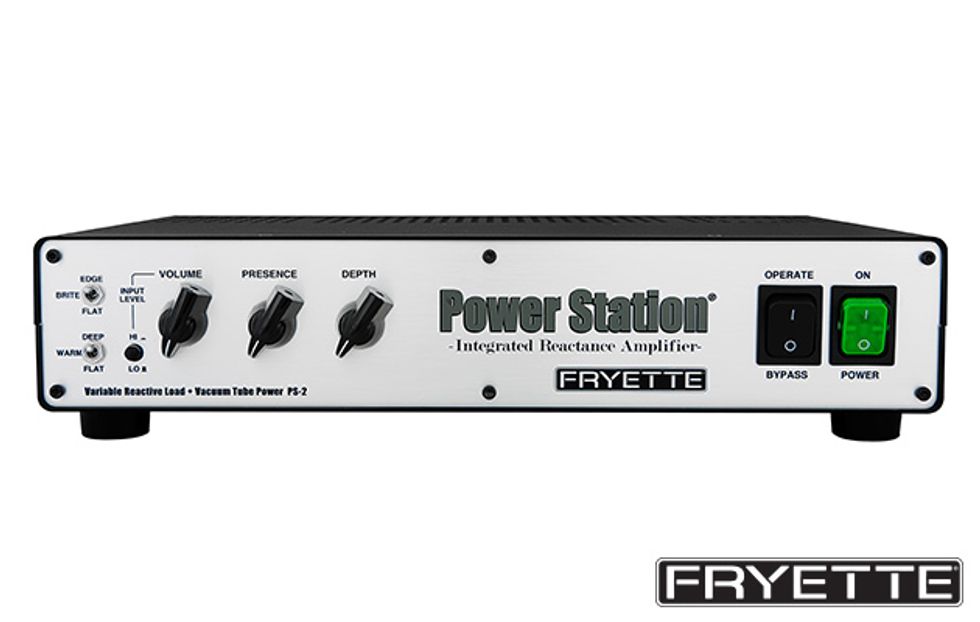
Fryette Amplification
Power Station®
The Fryette Power Station® PS-2 is a reactive load coupled to a dual 6L6 vacuum tube power amplifier that allows you to attenuate a high powered guitar amp, or boost a low powered guitar amp.
• Perfectly preserves the tone of the attenuated amplifier.
• Maintains dynamic feel at any volume.
• Provides an effects loop.
• New Input Level sensitivity switch, rear panel Low Pass Filter Bypass switch, and Balanced XLR Line Output.
Street Price: $699
Connect with Fryette on Facebook
Click here to Play Videos
Click here to buy it
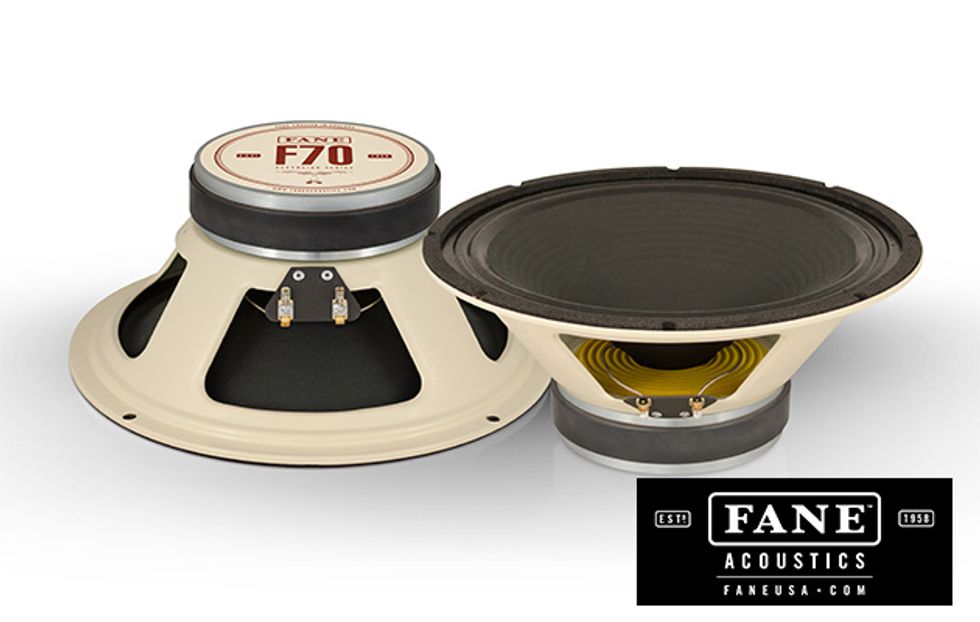
Fane USA
Ascension F70
"FANE’S NEW ASCENSION RANGE OF 12" speakers was developed with input from Southern California amp designer Steven Fryette, and aims to capture the punchy, bold, yet harmonically complex and responsive performance that people love in the classic late-’60s and early-’70s speakers from this under-appreciated British maker. The Fane sound became legendary due to their use in certain Hiwatt guitar cabinets of the era, and Fane’s new models provide added versatility for the contemporary player." (Guitar Player, March 2016)
The Fane Ascension F70 offers a stunningly detailed top-end, rich mid-range and warm low-end with an intricate three-dimensional vintage crunch. The beauty of the F70 is that you need not even change your amplifier's setting to appreciate its ability to articulate delicate passages or manage pummeling abuse with ease. Whether your application is a head and cab or an open back combo, the F70 adds a welcome new dimension to existing rigs.
Street Price: $199
Click here to Play Videos
Click here to buy it
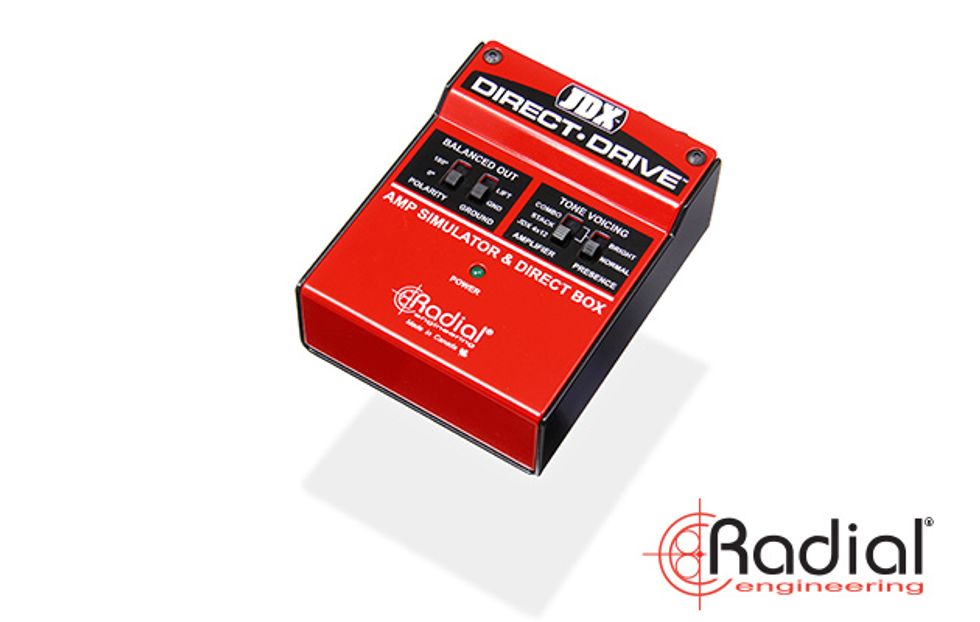
Radial Engineering ltd.
Radial JDX Direct-Drive™
Emulates the sound of a guitar amplifier while doubling as a direct box. Unlike a typical DI that merely transfers the sound from guitar/pedals to the PA, the Direct-Drive simulates the tone and feel of an amp, producing much more realistic sound. With the Direct-Drive on your pedalboard, you can do a gig without an amp! A passive thru-put feeds a stage amp (if you want one) and a dedicated tuner output is buffered to eliminate pickup loading and tuner noise. Guitar signal goes through a series of carefully sculpted filters to create Radial’s signature 'Shure-SM57™-on-a-Marshall™- 4x12-cabinet' tone. 'Vintage Marshall™' and 'early Fender Twin™' alternate voicings can be further tailored with the 'presence' switch for extra sparkle. Output via ¼” guitar-level and balanced XLR to feed the PA. A 180° polarity reverse phase-aligns monitors/PA sound with stage amp and a 'Lift' switch eliminates hum and buzz caused by ground loops.
Street Price: $899.99
Click here to connect with Radial Engineering on Facebook
Click here to Play Videos
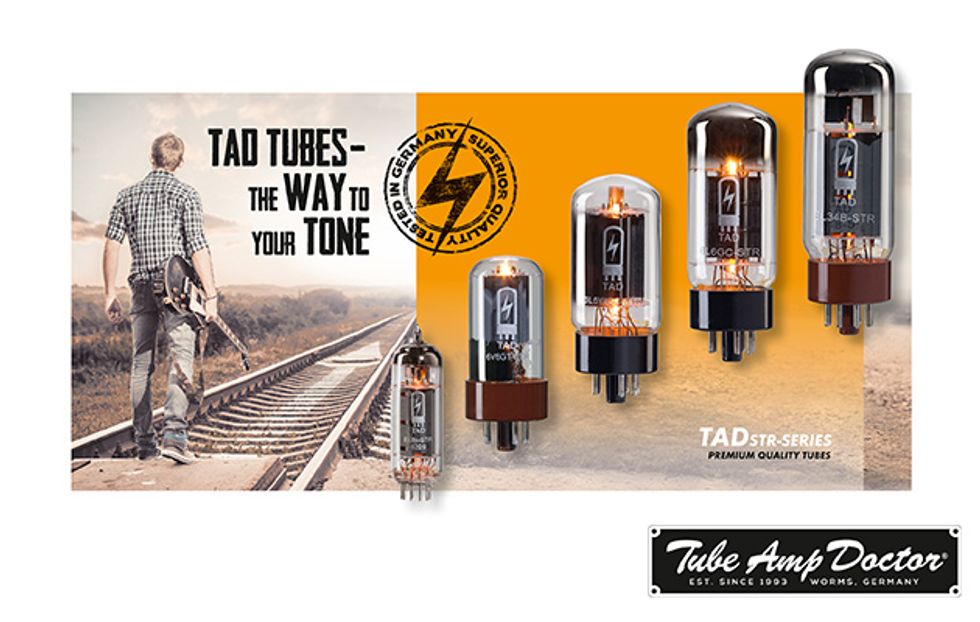
Tube Amp Doctor
TAD STR-SERIES Premium Quality Tubes
Tube Amp Doctor's STR-TUBES are inspired by the most wanted NOS tubes of the golden age of tube manufacturing. They are produced to our exclusive designs and strict specifications.
A unique sequence of tests, our burn-in process and our sophisticated and genuine bias-matching, carried out by our highly experienced staff, make TAD's STR-TUBES the finest and best selected premium quality tubes currently in the market. Here are only some of the benefits - everything for the one and only goal – the ultimate tone:
• Better overall response
• Increased, dynamic headroom
• Superior tone and performance
• Maximum reliability, consistency and sturdiness
• Designed and tested in Germany
• All tubes tested individually
• Power Tubes are matched by Ia (PC) and Gm (TC) with lowest tolerances
Street Price: varies
Click here to connect with Tube Amp Doctor on Facebook
Click here for the FREE catalog
Click here to buy now
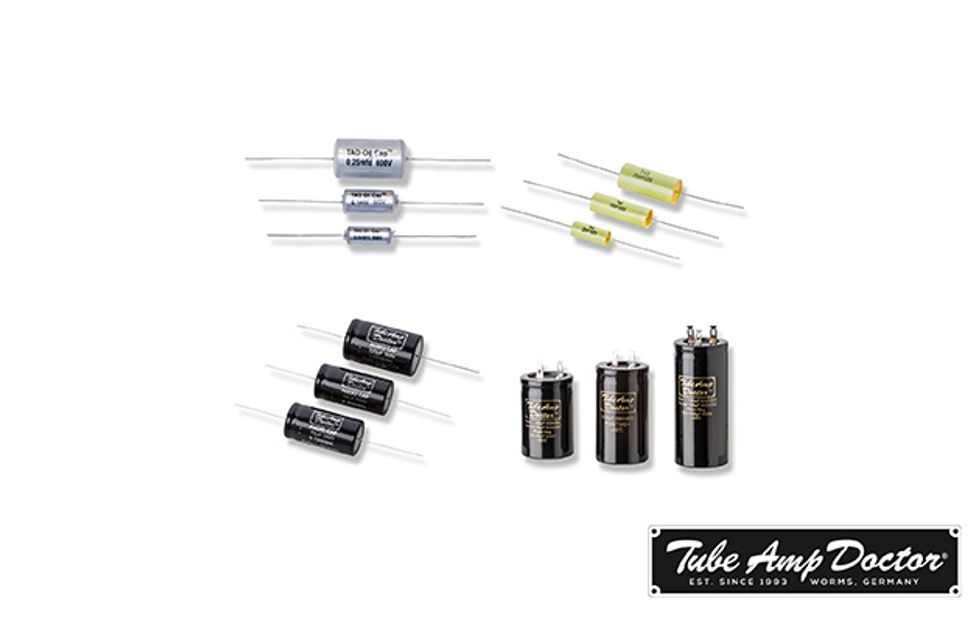
Tube Amp Doctor
TAD CAPACITORS
Handmade TAD MUSTARD CAPS produced with the authentic film-to-foil alu/PE design, exclusively for TAD!
TAD Audio Caps feature the authentic flat-foil design and will refine tone with excellent overtones and rich details.
TAD Gold Caps are available in radial and axial shape - high temperature resistant, vintage correct sizes and specifications.
TAD Vintage Oil Caps complete our premium line of foil capacitors, vintage correct specs and values, for a smooth, natural and harmonically delightful tone.
Street Price: varies
Click here to connect with Tube Amp Doctor on Facebook
Click here for the FREE catalog
Click here to buy now
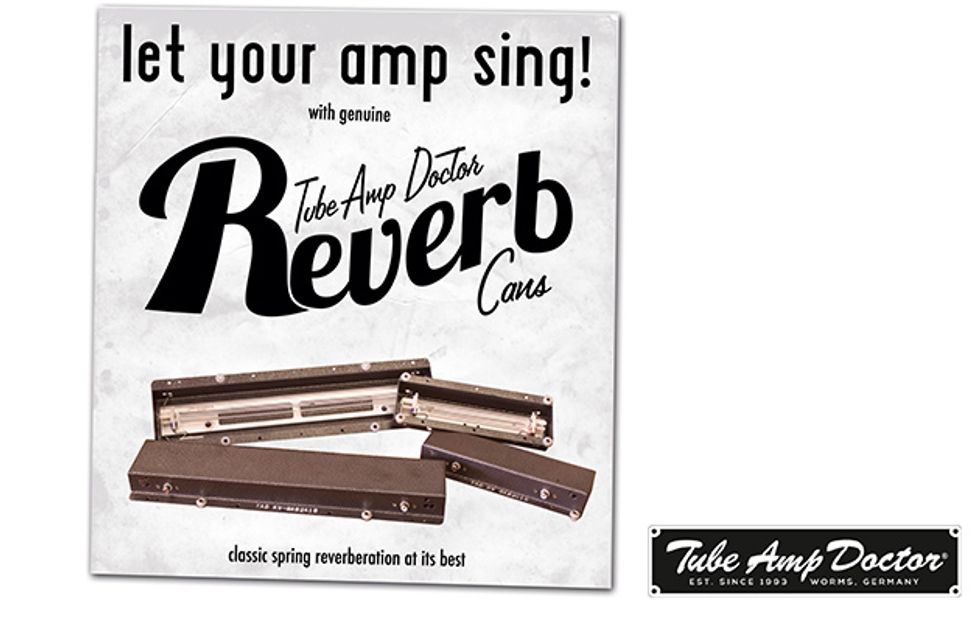
Tube Amp Doctor
TAD Reverb Cans
Our high-quality, classic TAD REVERB CANS bring back the stunning reverb sound of the 60s. The ideal drop-in replacement and upgrade for vintage and modern amps!
Street Price: varies
Click here to connect with Tube Amp Doctor on Facebook
Click here for the FREE catalog
Click here to buy now
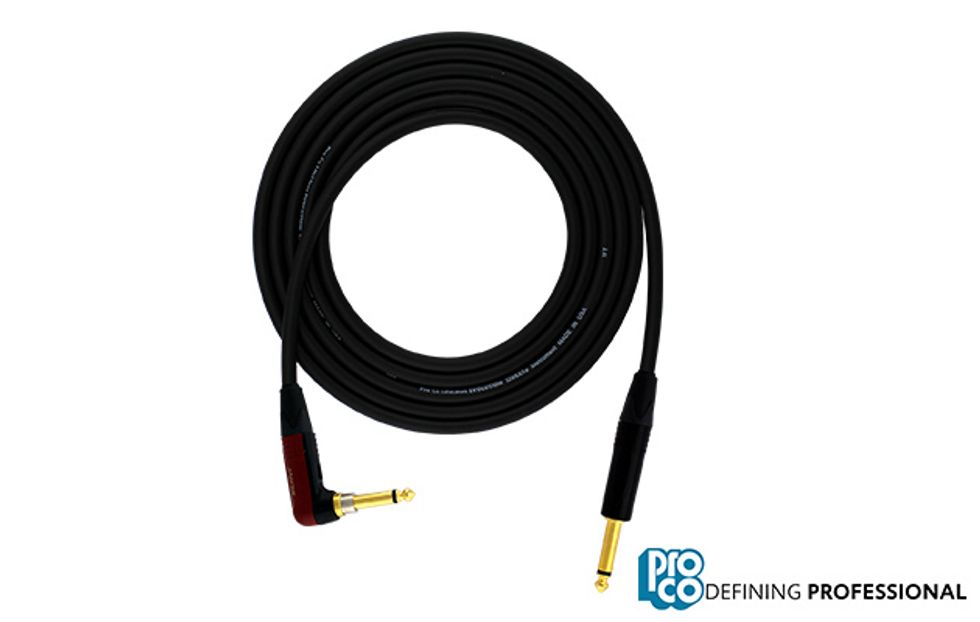
ProCo Sound
Evolution Silent Instrument Cable 20ft
We could say that evolution cables are the best sounding cables on the market....except they don't sound at all. An unnoticeable, uninhibited link in an audio chain so often bound by the constraints of inadequate cables. A Sonically Superior design combined with the truly evolutionary Softtouch jacket, Evolution will change how you feel about cables and revolutionize the way you connect to YOUR world.
Pro Co EVOLUTION Instrument Cable Features:
100% oxygen-free wire for long life and great sound
Noiseless dual-shielded design rejects outside noise
Neutrik black and gold connectors for a solid, clean connection
Silent Switch eliminates amp pops when removing cable
Supple soft touch jacket
Street Price: $73.99
Click here to connect with ProCo Sound on Facebook
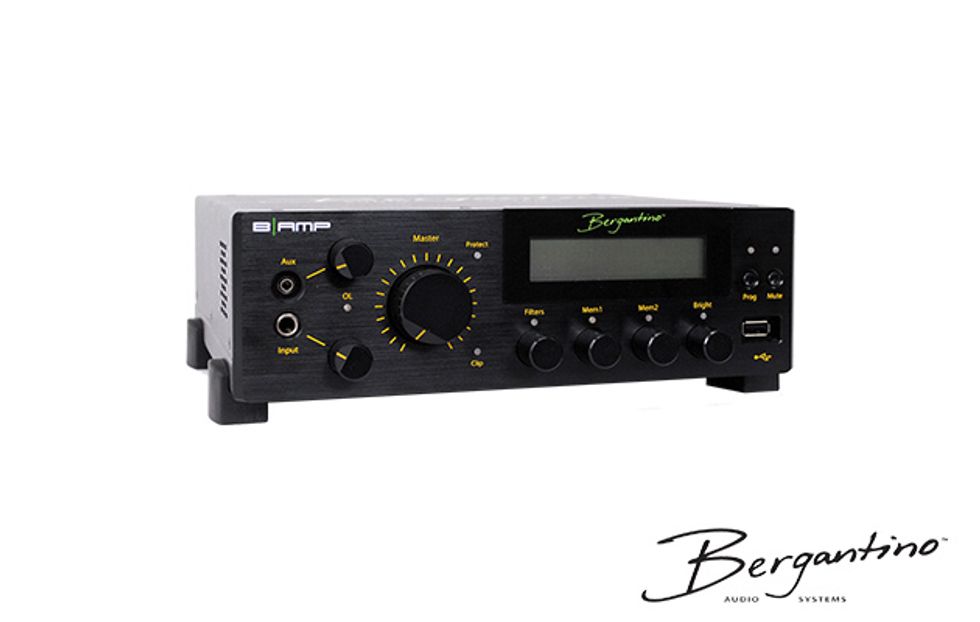
Bergantino Audio Systems
Bergantino B|Amp
The B|Amp is an incredibly flexible, easy to use, state-of-the-art Bass Amplifier, delivering maximum performance in a compact package. The B|Amp takes a new approach by including the speaker cabinet’s response as part of the signal path. No other bass amplifier on the market has the ability to manage speakers and overall system performance like the B|AMP. This is accomplished through our Proprietary Profile EQ system. The B|Amp is a game changer in Bass Amplification!
Street Price: $1,399 ProNet
Click here to connect with Bergantino Audio on Facebook
Click here for Video
Click here for Audio

Swart Amplifier Co.
MOD84
The MOD84, Swart’s first EL-84 offering, is 15w of 100% hand-wired, turret board construction, USA made with 3-way interactive EQ, top controls, tube reverb, tremolo, and rectification. It has some of the most soulful cleans with the ability to intertwine some fur and angst with push/attack. It's got that Swart harmonic richness while still being open and transparent, featuring excellent touch sensitivity. This is really a do it all amp that can cross musical genres.
Street Price: $1,750 w/Celestion Creamback
Click here to connect with Swart Amps on Facebook
Click here for Video
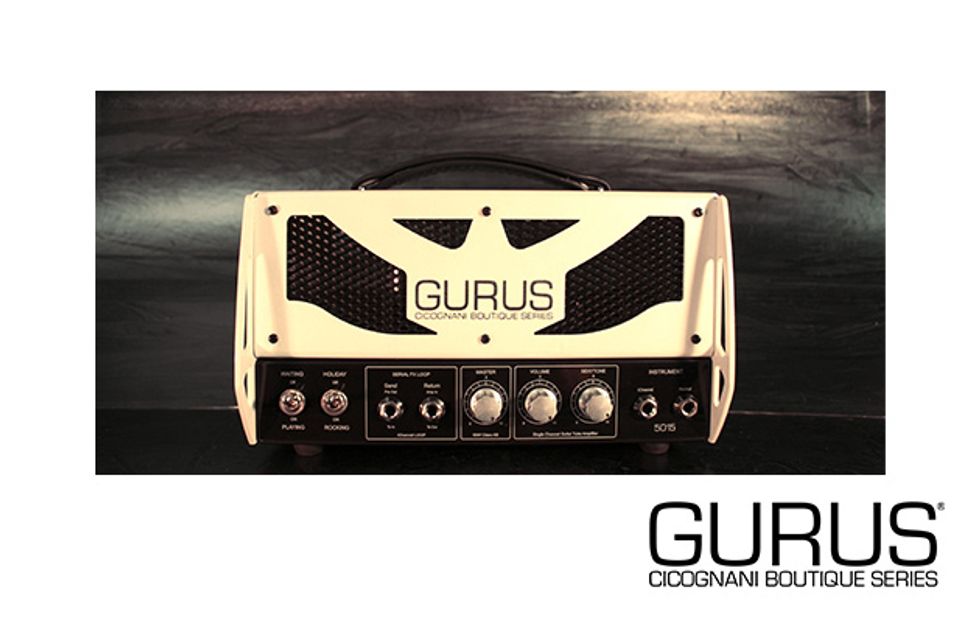
GURUS Amps
5015 Head
5015 is our Single Channel + iChannel™ 50W head in a lunchbox size. Thanks to its easy 3 controls you can sculpt your tone to reach best performances in every situations, from your home to a big stage. You can obtain a totally clean sound with lot of headroom to use as a platform for your pedals rig, and/or choose to get it to compression of both stages, preamp or power section using its separate controls volume and master to obtain stunning vintage or modern tone.
With the SexyTone™, you can manage the EQ curve of your amp simply with a single knob which works on 3filters simultaneously, moving the entire tone-stack curve for best result and as a fine tuning of your final tone, matching the right cab etc..
It is equipped by a tube buffered Serial loop and has 3 out on 4,8 and 16Ohms.
Street Price: $900
Click here to connect with Gurus Amps on Facebook
Click here for Video
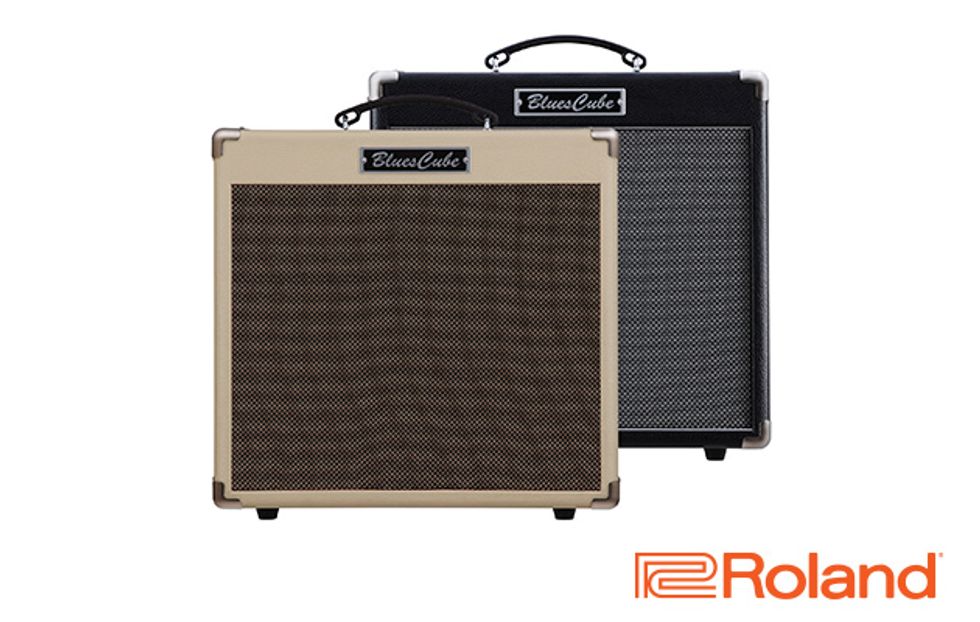
Roland
Blues Cube Hot
GIG-READY BLUES CUBE “TUBE LOGIC” TONE IN A PORTABLE COMBO AMP
• Performance-ready 30-watt compact combo guitar amplifier with authentic tube tone and touch response
• Roland’s comprehensive Tube Logic design delivers the interactive tonal behaviors of famous fine-tuned vintage tube amps, including preamp and output tube saturation characteristics, power supply compression, and much more
• Master volume, three-band EQ, and onboard reverb, plus footswitchable Boost for natural crunch and Tone for bright presence
• Four-way Power Control (0.5 W, 5 W, 15 W, Max) allows for cranked-up tones at any volume
• Classic open-back design with custom 12-inch speaker and poplar cabinet for enhanced presence on stage
• Stylish, modern look with a vintage vibe
• Efficient, lightweight design provides easy portability without sacrificing tone quality
• USB output for high-quality direct recording to a computer
• Available in two color variations: Vintage Blond and Black
Street Price: $499
Click here to connect with Roland on Facebook
Click here for Video

Friedman Amplification
Runt-50 Combo
• 50-Watt all tube amplifier / Two channels
• 2 x EL-34 power tubes / 4 x 12AX7 preamp tubes
• Clean channel with Volume, Bass, Treble and ? Bright switch
• Lead channel with Volume, Gain, three-band EQ ? and a boost switch.
• XLR Cab Simulated output with Ground Lift, Axis ? and Level switches.
• Ultra transparent series FX loop
• 4, 8 and 16 ohm impedance selector
• Single button footswitch
Street Price: $1,999.99
Click here to connect with Friedman on Facebook

Morgan Amplification
MVP23 combo
• Power: ¼ - 23w variable (tube)
• Hand-wired in the USA
• 2x EL-84 power tubes
• 2x 12AX7 preamp tubes
• Celestion G12H75 Creamback
• Power Level control
• Gain
• Volume
• Treble
• Mid
• Bass
• 2x8 ohm 1x16 ohm outputs
• Limited lifetime warranty
Street Price: $1,749.00
Click here to connect with Morgan Amps on Facebook
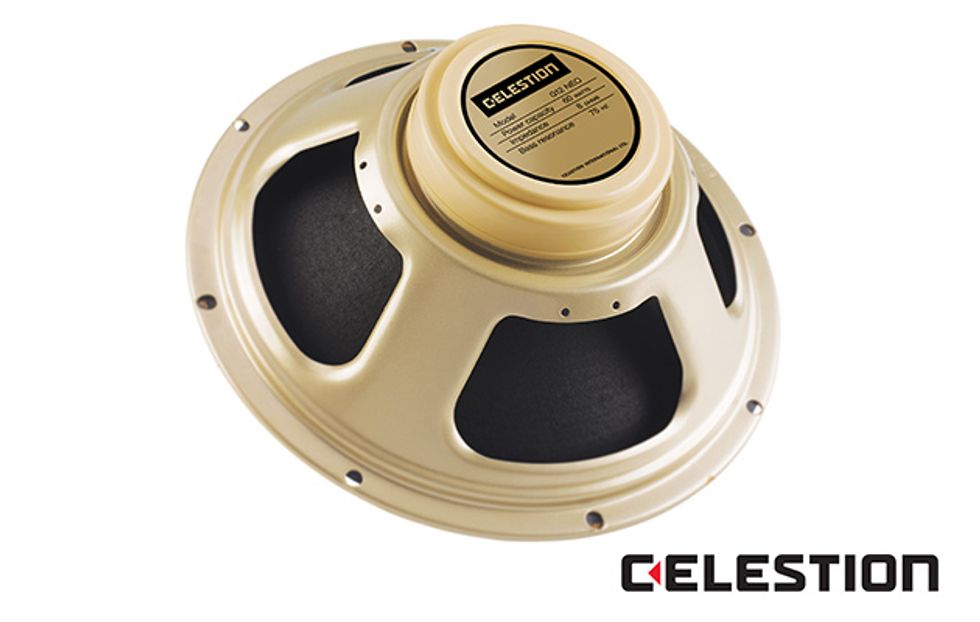
Celestion
Neo Creamback
The Neo Creamback delivers all the magical tone you’d expect from a traditional Creamback. The difference is the neodymium magnet, which makes this speaker around half the weight of a traditional guitar speaker. You still get the low end punch, warm midrange and sweet highs the Creamback is famous for: push it hard and enjoy the ‘race-car growl’. But pick up a cab loaded with Neo Creambacks and see what makes this speaker truly different.
Street Price: $169
Click here to connect with Celestion on Facebook
Click here for Video
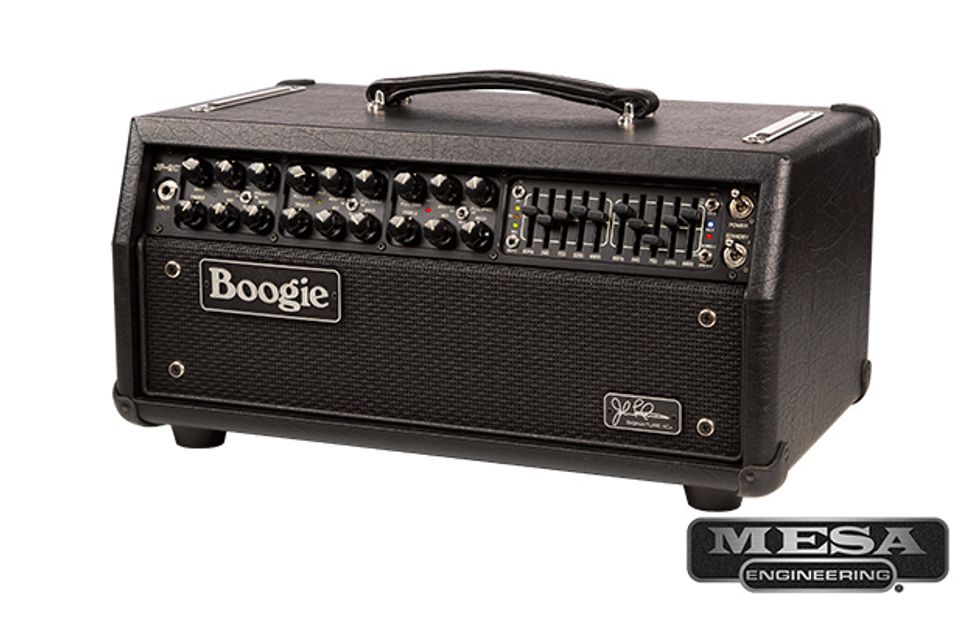
MESA/Boogie®
JP-2C™
Inspired by their long-standing relationship with John Petrucci, MESA/Boogie® is proud to introduce the JP-2C™. The model is MESA’s first unlimited-build signature amplifier and joins the MARK Series as a next generation re-issue of the legendary MARK IIC+™. With modernized features, benefitting from over three decades of R&D, the JP-2C delivers three channels, two assignable EQs, 60/100 watts, MIDI, Cabclone™ DI and the legendary IIC+ tone that so many recording artists and MESA enthusiasts covet.
Street Price: $2,499
Click here to connect with MESA/Boogie on Facebook
Click here for Video
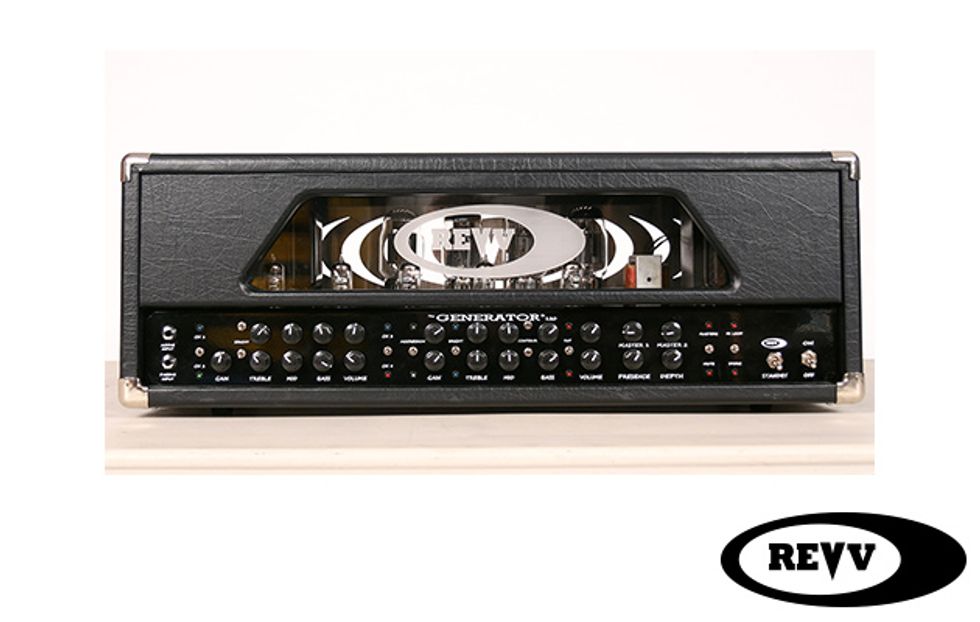
Revv Amplification Inc
Generator 120
The Generator 120 watt amplifier, is a 4 channel variable gain, all tube amplifier designed to be everything the touring musician, or the weekend warrior, will need in an amplifier. From beautiful warm sparkling cleans, vintage style crunch, to deep metal rhythm or searing leads, this amplifier does it all and more.
Street Price: $2,499
Click here to connect with Revv Amps on Facebook
Click here for Video
Click here to buy it

Park Amplifiers
Park Little Rock 18
The Park Little Rock 18 a finely tuned classic rock amp. It features the same preamp as higher powered Park amps plus switchable cascaded channels for higher gain and a power amp capable of using a number of power tubes (6V6, 6L6, EL34 for 14 to 24 watts). The amp produces beautiful clean tones plus overdriven blues and classic rock tones all at playing levels that are suitable for the bedroom, studio or small club.
Street Price: $2,499
Click here to connect with Park Amps on Facebook
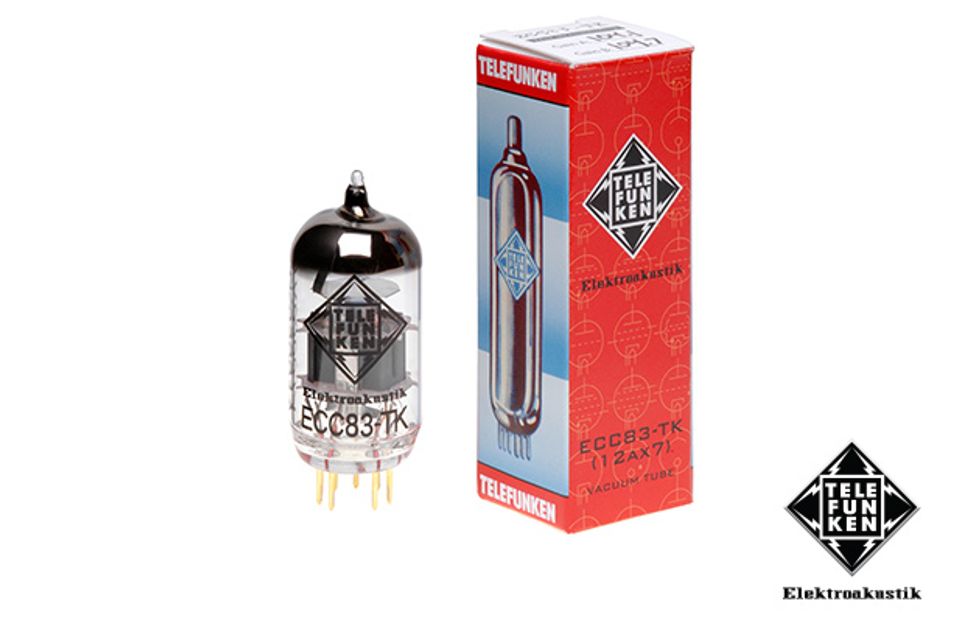
TELEFUNKEN Elektroakustik
Black Diamond Series Vaccuum Tubes
TELEFUNKEN vacuum tubes have been the benchmark of excellence in all audio applications for many decades. This rich history continues with the introduction of new production tubes from TELEFUNKEN Elektroakustik.
Each tube is meticulously measured for all critical parameters of performance including transconductance, gain, noise, and microphonics. In addition to the rigorous testing procedure, all new TELEFUNKEN tubes are cryogenically treated to ensure durability, and subjected to an extended burn-in period to ensure superior stability.
Street Price: varies
Click here to connect with Telefunken on Facebook
Click here to buy it now

Goodsell Amplifiers
Mark IV Series Custom Amplifiers
Goodsell's Custom Mark IV Series amps feature a cathode-follower 3-way tone stack, offering more control over Goodell's sumptuous tube-driven sonics. Available with reverb and award-winning bias-vary tremolo. Configurations include 1x12 combo shown here; 2x10, 2x12 and 1x15 combos; and head-only versions built to order. Call Richard Goodsell today to discuss your next custom build.
Street Price: $1,499
Click here to connect with Goodsell Amplifiers on Facebook
Click here to buy it now
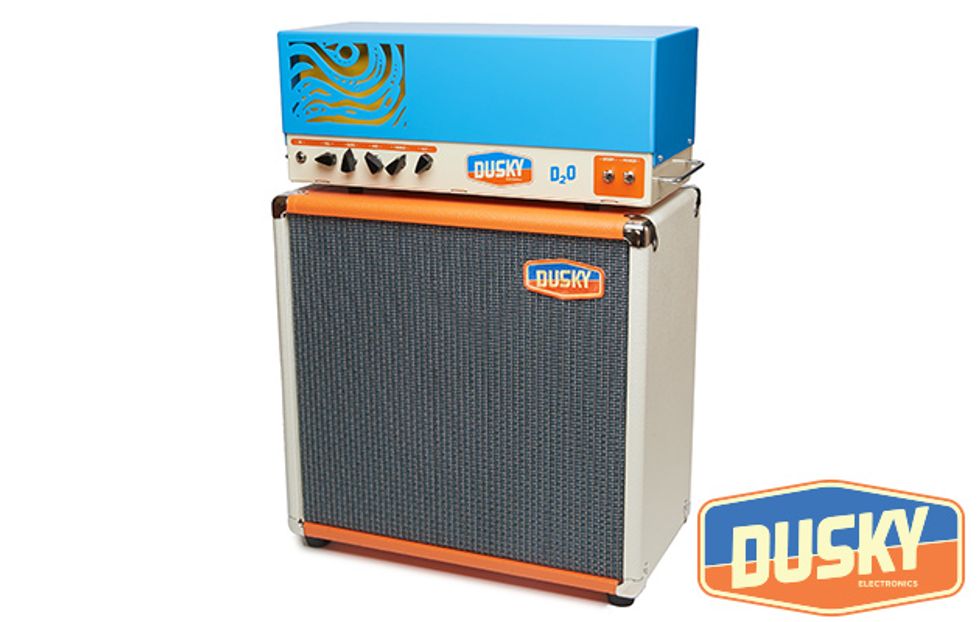
Dusky Electronics
D₂O Amplifier
The Dusky Electronics D₂O Amplifier is an all new, original design, vacuum tube musical instrument amplifier. The D₂O combines a classic, short signal path architecture with modern refinements for low noise and high reliability, to produce an amplifier that feels like an extension of yourself—an exquisite tool for seamlessly conveying your artistic intent. This is no clone. The D₂O delivers enormous clean sounds or wicked breakup with a musical feel you must try for yourself.
Street Price: $1,500
Click here to connect with Dusky Electronics on Facebook
Click here for Audio Clips
Click here for Video Clips
Click here to buy it now
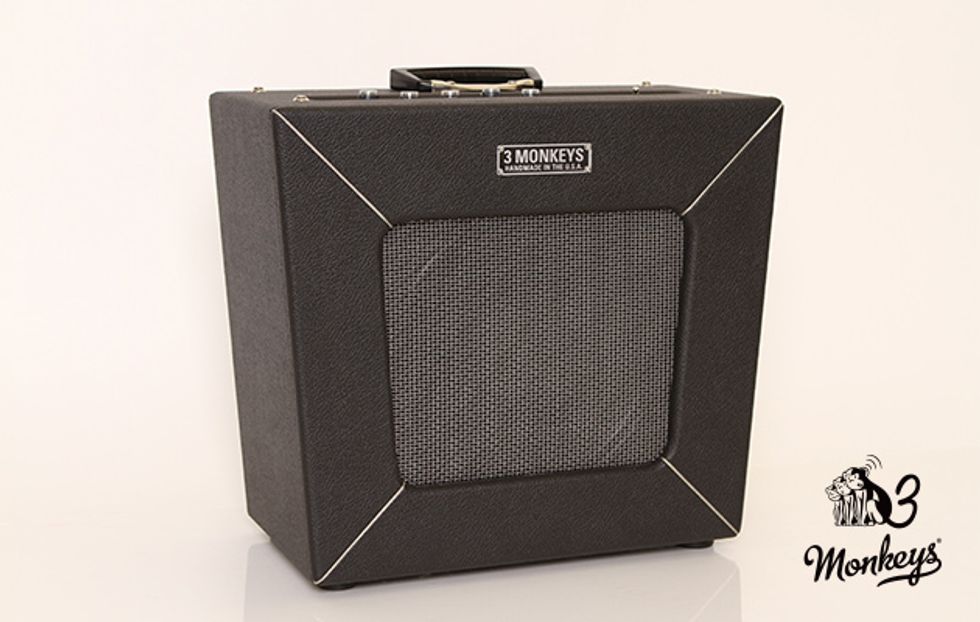
3 Monkeys Amps
Nashville Howler
Designed in conjunction with Grammy Award winning songwriter, musician, and producer Gordon Kennedy, The Nashville Howler has plenty of clean headroom and a Marshallesque tone stack making it the ideal bedroom and small venue amp.
Described by Gordon as a "Tweed Deluxe with a British accent!"
Controls are VOLUME, TREBLE, MIDDLE, BASS, and PRESENCE. Two cathode biased 6V6 power tubes and three 12AX7 preamp tubes combine for about 15 watts of power.
Street Price: $1,849
Click here to connect with 3 Monkeys Amps on Facebook
Click here for Audio Clips
Click here for Video Clips
Click here to buy it now


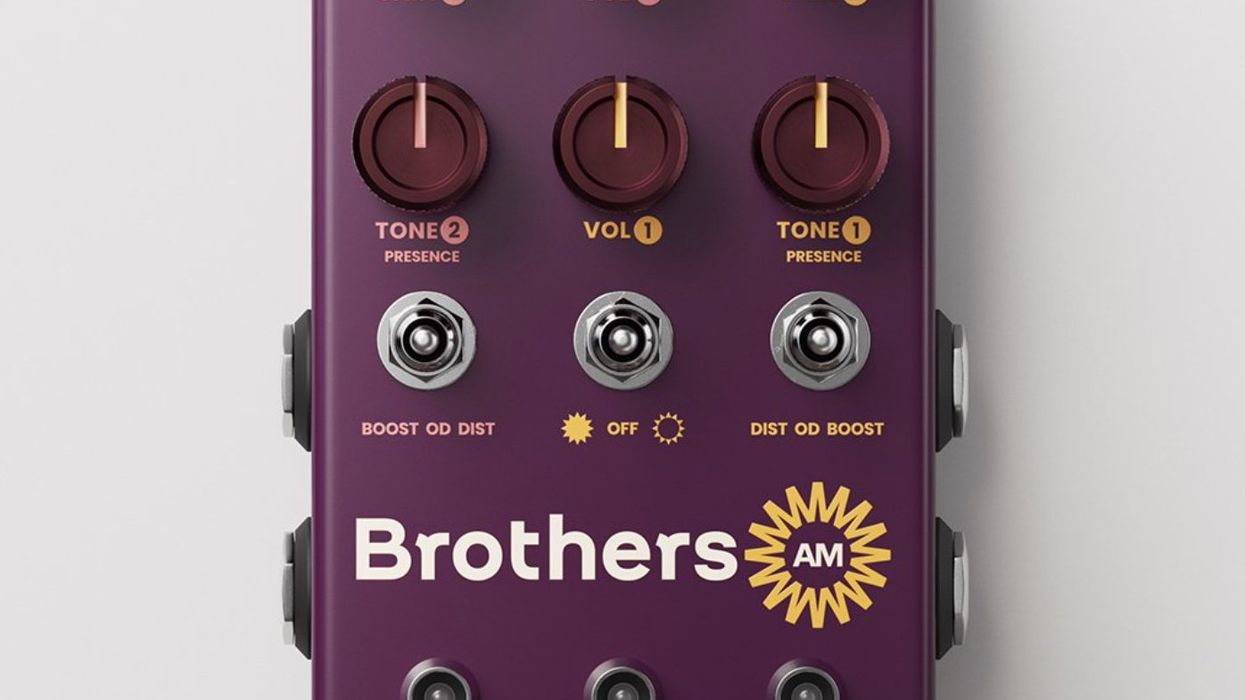
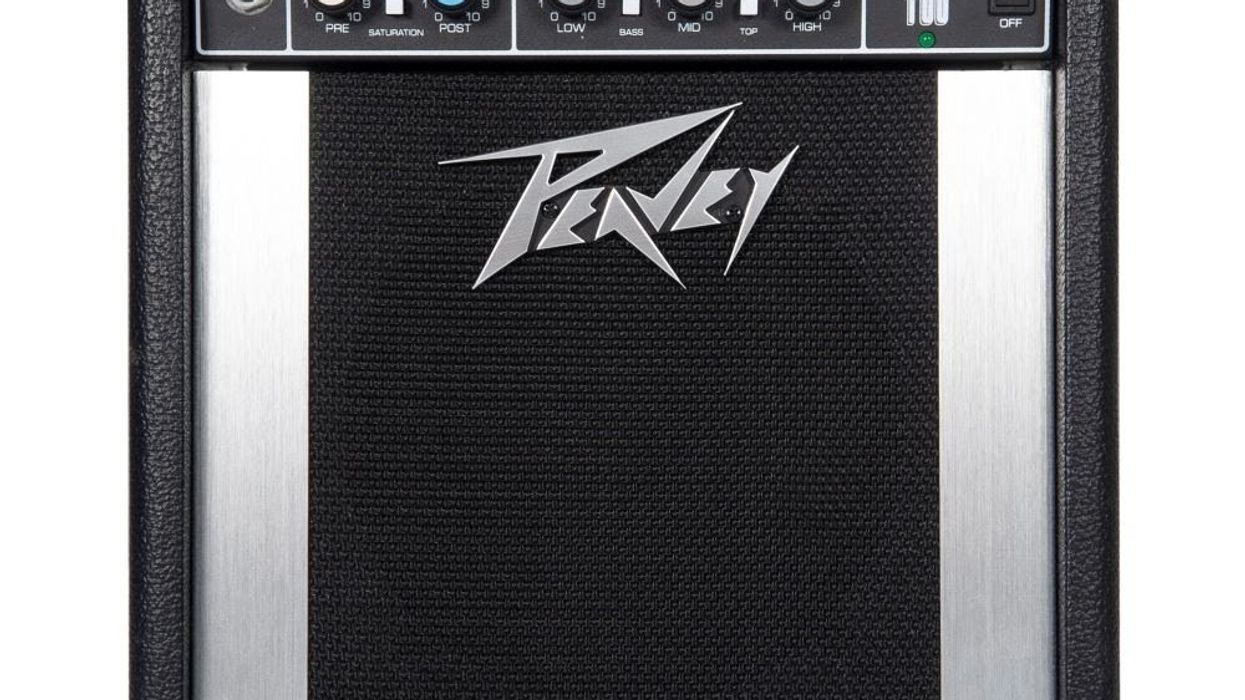
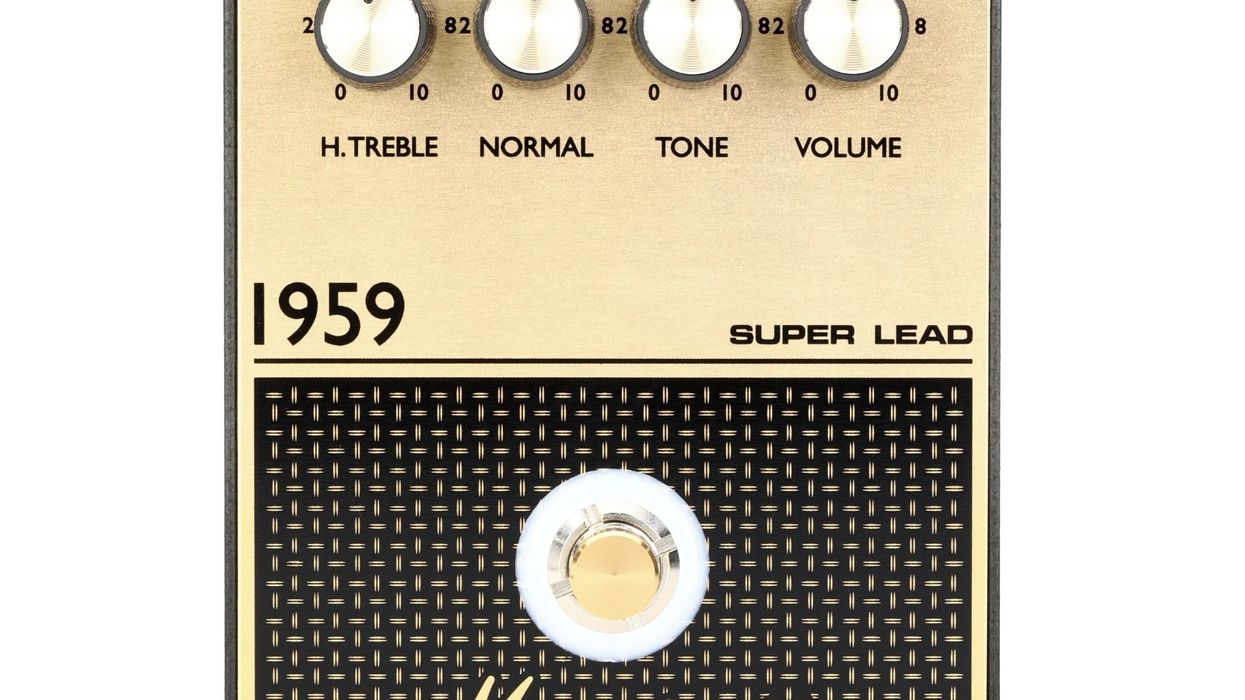







![Rig Rundown: Russian Circles’ Mike Sullivan [2025]](https://www.premierguitar.com/media-library/youtube.jpg?id=62303631&width=1245&height=700&quality=70&coordinates=0%2C0%2C0%2C0)







